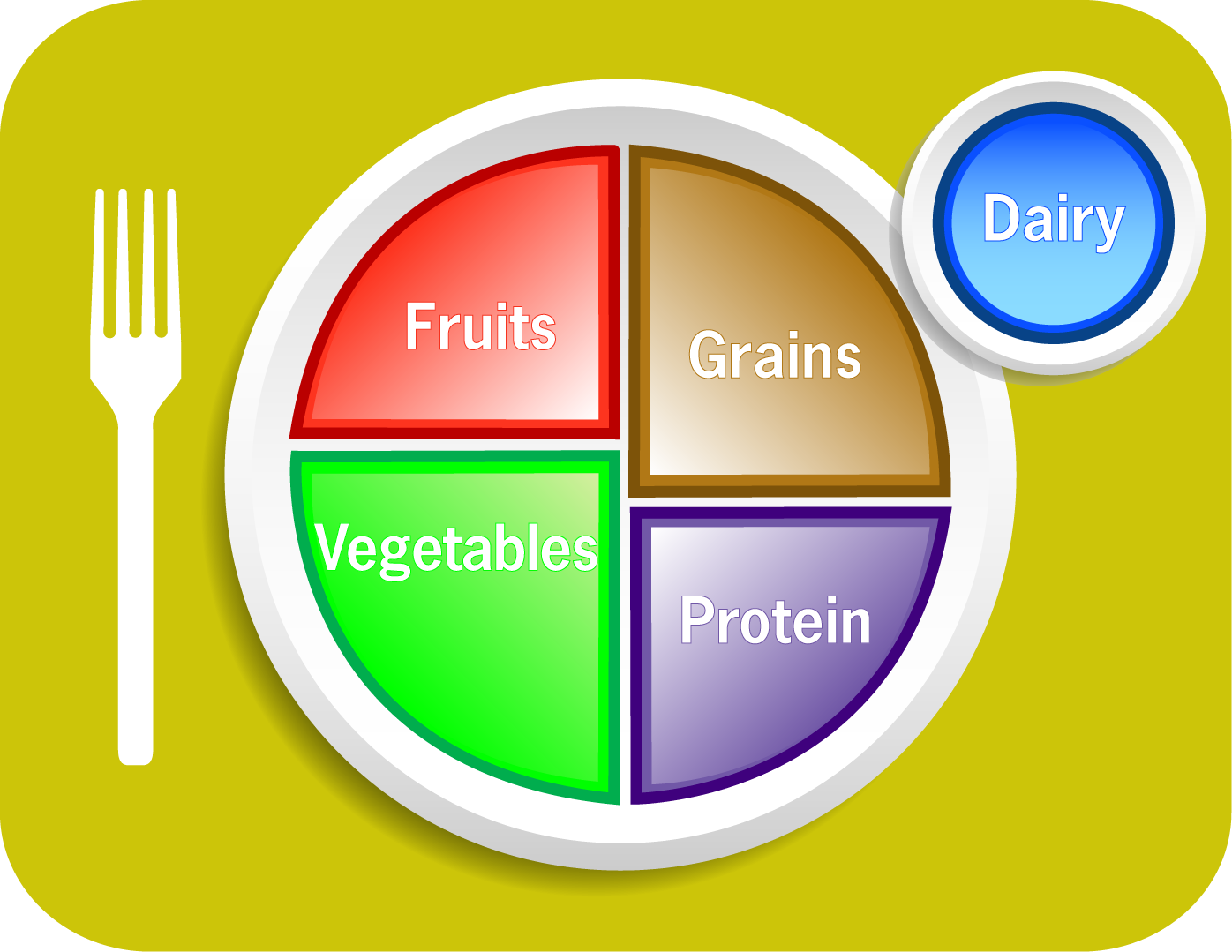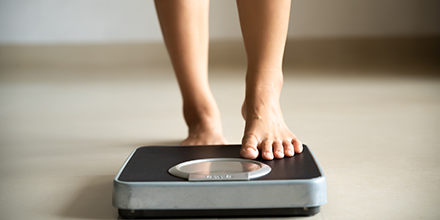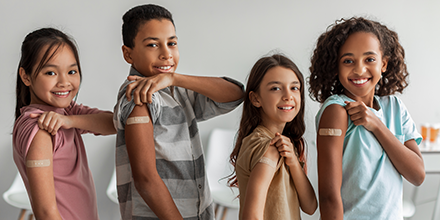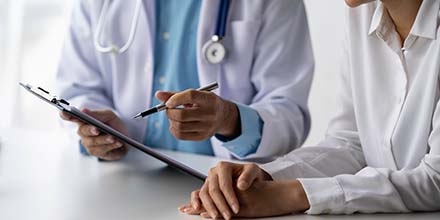.jpeg)
Tips to Reduce Your Risk of Cancer
Avoid tobacco use.
Not only is smoking harmful, but chewing tobacco has been linked to cancer of the mouth, throat, and pancreas. Staying away from commercial tobacco or alternative nicotine products, such as vape devices or nicotine pouches, is an important way to help prevent cancer, enhance cancer treatment and survivorship, and decrease the reoccurrence of primary or secondary cancers.
Interested in free coaching to become tobacco and nicotine-free through a phone or web program visit NDQuits | Health and Human Services North Dakota to learn more.

Eat a healthy diet.
Eating healthy foods can’t ensure cancer prevention, but it might reduce the risk. The benefits of healthy eating add up over time, bite by bite. Small changes matter.
- Make half your plate fruits and vegetables: focus on whole fruits and vary your vegetables.
- Make half your grains whole grains.
- Vary your protein routine.
- Choose beverages with less added sugar.
- Move to low-fat or fat-free dairy milk, yogurt, lactose-free dairy, or fortified soy versions.
Learn how to eat healthy with My Plate here: MyPlate | U.S. Department of Agriculture

Maintain a healthy weight.
Being overweight or having obesity increases your risk of getting cancer. The risk of cancer increases with the more excess weight a person gains and the longer a person is overweight.
You may be surprised to learn that being overweight or having obesity is linked with a higher risk of getting 13 types of cancer. These cancers make up 40% of all cancers diagnosed in the United States each year.
Learn more about the connection between obesity and cancer and find information on maintaining a healthy weight by visiting Obesity and Cancer | CDC

Limit alcohol consumption.
Drinking alcohol raises your risk of getting several kinds of cancer. You can lower your risk for cancer by drinking less alcohol or not drinking at all. All alcoholic drinks, including red and white wine, beer, and liquor, are linked with cancer.
Learn more about the connection between alcohol and cancer and find dietary guidelines for alcohol consumption by visiting Alcohol and cancer | CDC

Be physically active.
Physical activity is one of the most important things you can do for your health. As a general goal, include at least 30 minutes of physical activity, such as a brisk walk, in your daily routine. Adults should also incorporate muscle-strengthening activity two days a week.
To learn more about physical activity recommendations for adults and find links to recommendations for other populations such as children or pregnant women visit Physical Activity for Adults - an Overview | Physical Activity | CDC

Protect your skin.
Most skin cancers are caused by too much exposure to ultraviolet (UV) light. Protection from UV rays is essential all year. Avoid midday sun between 10 am-4 pm daylight savings time (9 am - 3 pm standard time) when the sun’s rays are strongest. When outdoors, stay in the shade as much as possible and wear clothing that covers as much skin as possible. Use a broad-spectrum sunscreen with an SPF of at least 30 and apply every 2 hours.
To learn more about physical activity recommendations for adults and find links to recommendations for other populations such as children or pregnant women visit Sun Safety | Skin Cancer | CDC

Get vaccinated.
Protecting against certain viral infections can help prevent cancer. HPV, or human papillomavirus, is a common virus that can cause cancers later in life. The HPV vaccine can protect you and your child from these cancers. If you have not been fully vaccinated, everyone through age 26 should get the HPV vaccine, which can be given starting at age 9.
Talk to your healthcare provider about vaccinating against Human papillomavirus (HPV).
To learn more about the HPV vaccine visit HPV Vaccine | What Everyone Should Know | CDC

Get regular medical care.
Healthy behaviors are only part of the picture. Getting routine preventive care can help you stay well and catch problems early, helping you live a longer, healthier life.
Regular exams and screenings for cancers such as skin, colon, cervix, and breast can raise the chances of finding cancer early. That is when treatment is most likely to be successful. Consider establishing a medical home where you and your family are recognized, and medical decisions are made in partnership.
To learn more about preventive care visit Are You Up to Date on Your Preventive Care? | CDC

